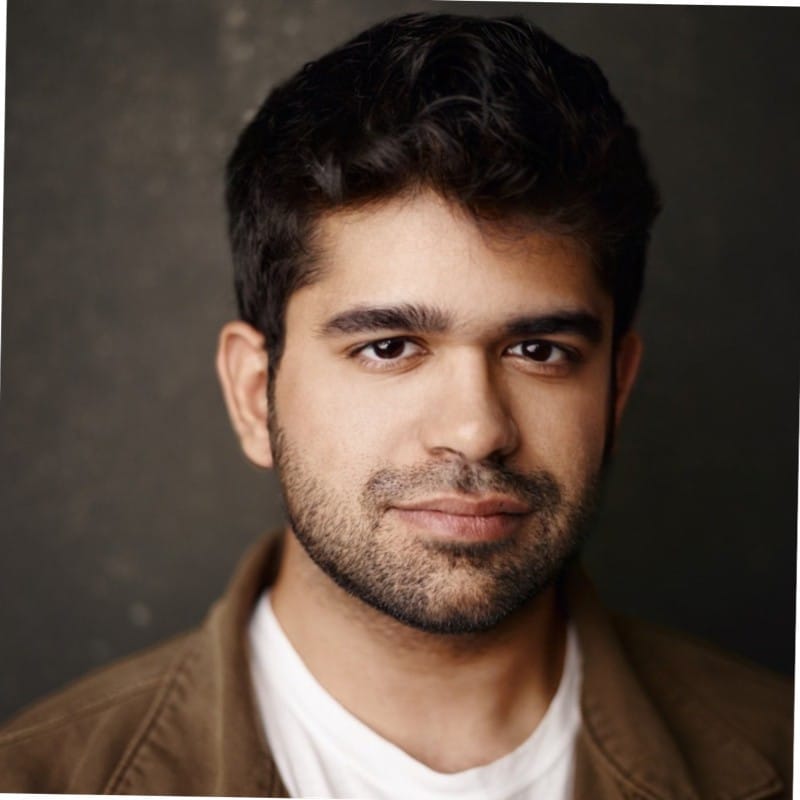- AI Wire
- Posts
- Nvidia Faces New AI Rivalry: Can It Adapt?
Nvidia Faces New AI Rivalry: Can It Adapt?
OpenAI SearchGPT vs Perplexity AI.

Welcome to AI Wire — your smart shortcut to all things AI without the jargon.
What we’ll cover today:
🤖 Is Nvidia Losing Its AI Crown?
🧠 OpenAI SearchGPT vs Perplexity AI.
💸 Largest Economic Surplus Since The Internet.
🔗 The Event Roundup.

Nvidia just reported a massive $19 billion in quarterly net income.
Yet, investors are questioning its ability to sustain growth.
At the centre of the debate is "test-time scaling," a method OpenAI’s o1 model uses.
Here’s what it means:
What is it? A technique that boosts AI performance by adding computing power during inference (when you hit "enter").
Why it matters? It shifts focus from training AI models to inference, opening doors for competitors.
Who’s in the game? Startups like Groq and Cerebras are developing cutting-edge inference chips to challenge Nvidia.
Despite the competition, Nvidia CEO Jensen Huang remains optimistic.
He called test-time scaling “one of the most exciting developments.”
Huang highlighted Nvidia’s scale and reliability as its biggest advantages.
He envisions a world where AI inference becomes widespread.
With a 180% stock surge this year, Nvidia isn’t slowing down yet.
What do you think about Nvidia’s position in AI? |


This is a short clip of Perplexity’s founder, Aravind Srinivas, from his podcast with Ishan Sharma.
In this clip, Ishan Sharma asks Aravind Srinivas a question about SearchGPT vs Perplexity.
Aravind shares his views on how he thinks of SearchGPT in general and Open AI as a competitor of perplexity.
This is a tweet from Greg Isenberg.
Greg Isenberg, with 410K followers on Twitter, builds and buys internet companies with strong communities. And is CEO of Late Checkout.
In his recent tweet, he shared: “Universal translation might be the most underrated technology breakthrough coming.
Language barriers cost the global economy $1.5T annually.
AI translation will create the largest economic surplus since the internet by unlocking:
1. Instant global labour markets
2. Borderless education
3. Frictionless trade
4. Seamless knowledge transfer
5. New friendships, love, partnerships etc”

According to a newly released Stanford University index, the U.S. leads the world in developing AI technology, surpassing China in research and other important measures of AI innovation.
The algorithm strategically selects the best tasks for training an AI agent so it can effectively perform all tasks in a collection of related tasks.
In the case of traffic signal control, each task could be one intersection in a task space that includes all intersections in the city.
The World Trade Organisation released a report on Thursday titled “Trading with Intelligence: How AI Shaped and It Shaped by International Trade.” Exploring the potential impact of Artificial Intelligence on Global Trade.
What do you think about today’s edition? |

Was this forwarded to you? Sign up here.
AI Wire News.
Signing off


